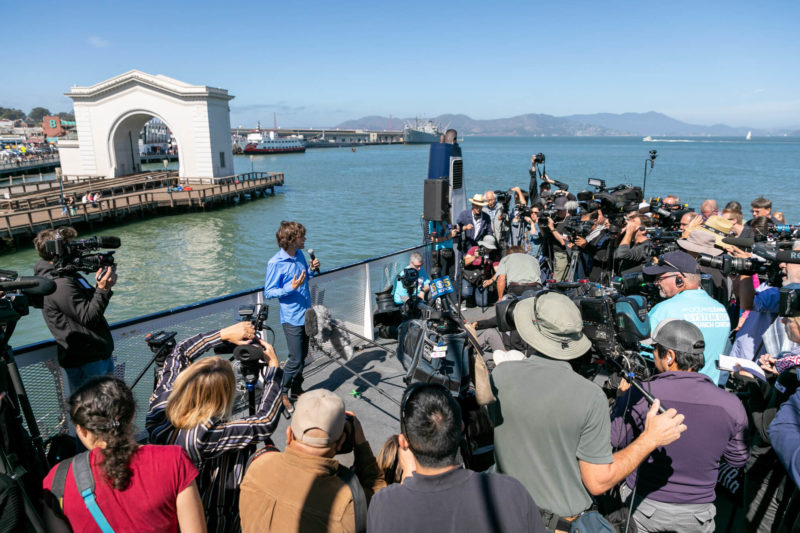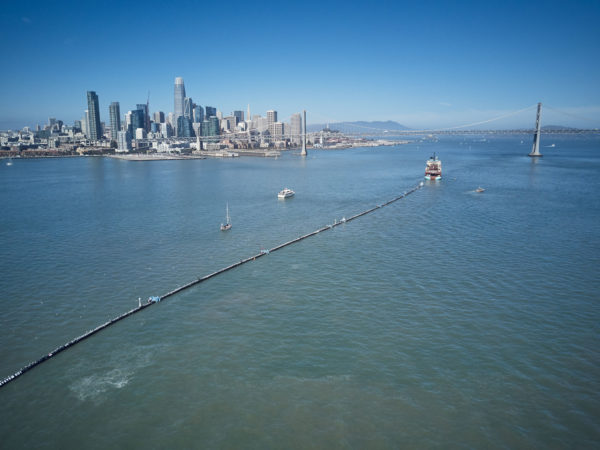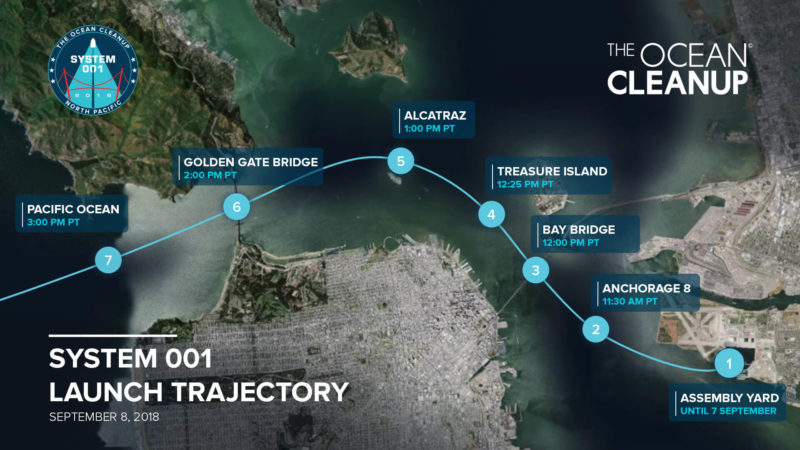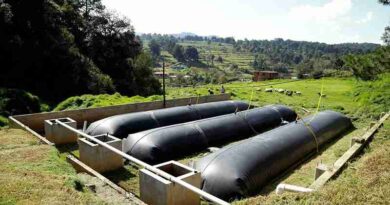Boyan Slat’s date with history as The Ocean Cleanup sets sail
 The Oceans get some help, finally. Pic Courtesy: The Ocean Cleanup
The Oceans get some help, finally. Pic Courtesy: The Ocean Cleanup
Saturday, Sept 8 was a momentous day for The Ocean Cleanup, the foundation started by Boyan Slat, the Dutch boy who generated immense excitement, participation, and now hope, with his plans to clean the world’s oceans of plastics pollution. With many firsts to his credit, including the most successful non-profit to benefit from crowd funding, thanks to the $2.2 million it raised from crowdfunding.
System 001, the first setup from the foundation has been launched off the coast of San Francisco to head towards a part of the Pacific Ocean for trials, before eventually being used on what is called the great Pacific plastic patch, an area four times the size of France, which has become virtually a dead zone due to the plastics concentrated there.

The structure comprises 60 adjoining units forming a giant C-shaped tube attached to a three-metre deep impenetrable skirt which will collect plastic waste of 1 cm diameter and larger, as well as discarded fishing nets, as it skims the ocean’s surface.
The 001 works on a simple principle. Comprising of 60 adjoining units that form a giant self adjusting C-shaped tube that will keep it afloat and moving with ocean currents. The tube is connected to a 3 metre deep impenetrable ‘skirt’ that will trap plastic debris of diameter greater than 1 cm, besides fishing nets etc. The system is expected to collect close to 5 tonnes of debris every month to six weeks, which will be collected by support vehicles and sent to Netherlands to be recycled.

While the System 001, part of the ‘Wilson Project’ after the volleyball in the movie ‘Castaway’ is a brave new move, it is important to put the effort in perspective. The most important of which is, efforts like this one should in no way make us complacent about the challenge we face when it comes to plastic usage, disposal and pollution. While this effort is supposed to be environment friendly in that it won’t affect ocean life, time will tell about how that works out. Experts have expressed apprehensions about its impact on plankton and other small sea life. More importantly, considering the scale of the challenge, it will remain at best, a containing measure, and the massive challenge of managing our plastics waste remains as big as ever. The Great Pacific garbage patch itself contains an estimated 80,000 tonnes of plastic in an area of 1.6 million square kilometres.




